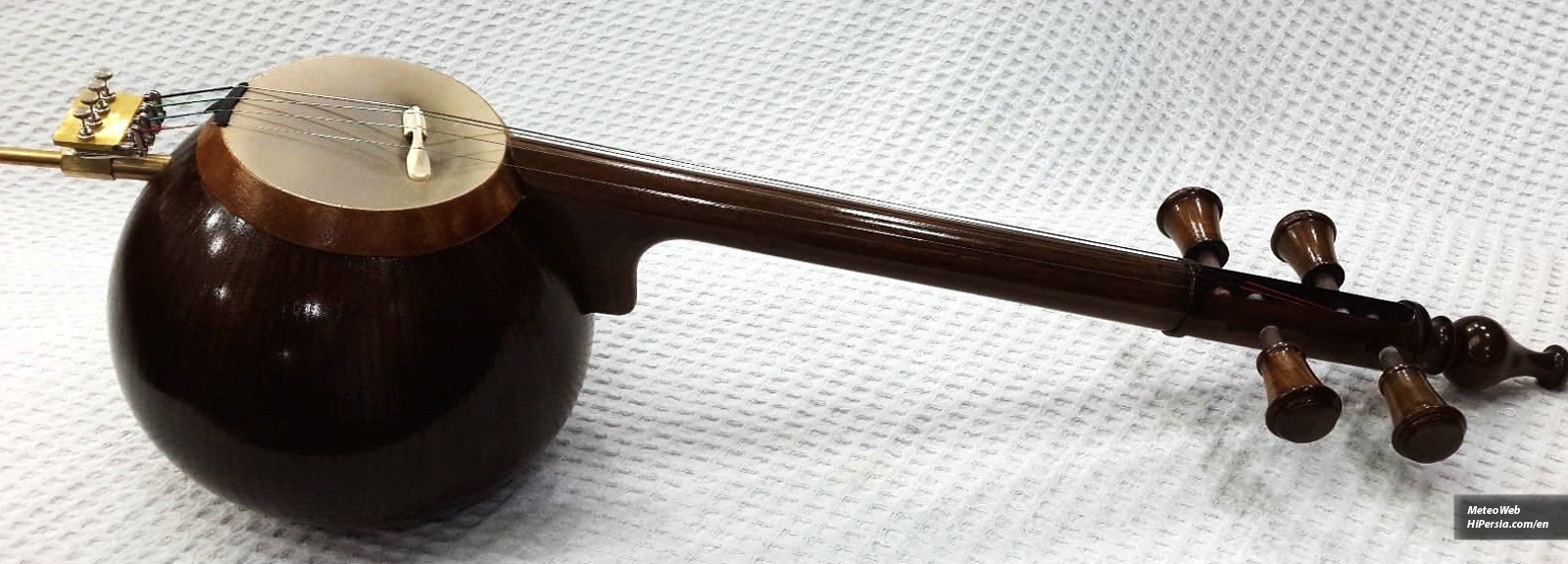



Art of crafting and playing with Kamancheh has a long history in Iran. Stay with us to talk about this noble Iranian musical instrument.
Kamancheh is the name of one of the noble Iranian bowed String Instruments that has been used in some poems and texts since the early centuries. The first evidence of Kamancheh dates back to the fourth century AH in the Kitab al-Musiqa al-Kabir as rebab. Kamancheh was one of the principal Iranian musical instruments during the Safavid and Qajar periods. You will see a variety of this musical instrument is known as Lurish Kamancheh, whose back of the sound box is an empty back. The Lurish people called it Tal. Besides playing, the art of crafting Kamancheh is a common profession in Iran. The art of crafting and playing with Kamantcheh/Kamancha was registered on the UNESCO World Heritage list in 2017.

Kamancheh, which is one of the prominent elements of Iranian Folk music, consists of a neck with strings, pegs, a membrane, a bridge, a sound box, a metallic stand, and a bow. Kamancheh is made of three major parts: a bowl or soundbox, neck, and stand. This musical instrument had three strings, but to imitate a violin, a fourth string has been added since the Qajar era. Musical tuning of Kamancheh is various, but (G D A E) is the usual one. This musical tuning belongs to the violin.
The bowl is made of maple or walnut wood, but today, mulberry wood is the standard material for crafting the bow of Kamancheh. The sound box is covered with a membrane, and then the strings and bridge will be installed on it. The bow is made of thin wood and includes some horsehair on the head and bottom. The neck is made like a reverse cone that doesn’t have any frets. The peg box is placed on the head of the Kamancheh.
Kamancheh is played single or in an orchestra. The player should be in a sitting position while performing. Kamancheh should be held vertically with the left hand. The bow should be moved horizontally on the strings with the right hand.







“Oh! Squander not this breath that Heaven hath lent thee, Nor make too sure another breath to borrow!’” Khayam